Hi there, pet lovers! 🐢
Reptile enthusiasts looking for a hardy, long-lived, and manageable pet often overlook tortoises—but they shouldn’t. Among the best options for beginners and experienced keepers alike is the Russian Tortoise (Agrionemys horsfieldii), a small but mighty species packed with personality.
Despite its misleading name, the Russian Tortoise doesn’t hail from Russia but from the arid regions of Central Asia and the Middle East. These tortoises are famous for their resilience (they were, after all, the first animals to orbit the moon!) and their manageable size, making them ideal for those who want a tortoise without the space demands of giants like the Sulcata.
In this detailed review, we’ll explore everything you need to know about Russian Tortoises—from their care requirements and temperament to their long-term costs and availability. Whether you’re a first-time reptile owner or a seasoned keeper, this guide will help you decide if the Russian Tortoise is the right pet for you.
Overview
Russian Tortoises are small, hardy, and full of character, making them a favorite among tortoise enthusiasts. Here’s a quick summary of what makes them stand out:
- Handling and Temperament: Docile and easy to handle, but not overly social.
- Care and Maintenance: Moderate—requires proper space, UVB lighting, and a varied diet.
- Health and Durability: Extremely hardy with a lifespan of 40+ years when cared for properly.
- Availability: Widely available, but captive-bred specimens are preferred over wild-caught imports.
- Cost: Affordable initial setup, but long-term care should be considered.
Overall: A fantastic choice for those who want a low-maintenance, long-lived reptile that doesn’t require massive space.

Why Choose a Russian Tortoise?
Russian Tortoises are one of the best tortoise species for beginners due to their small size, hardiness, and relatively simple care requirements. Unlike larger tortoises (such as Sulcatas or Aldabras), they stay small (6-10 inches) and don’t need a backyard-sized enclosure.
Their long lifespan (40+ years) means they’re a lifelong commitment, but their low-maintenance nature makes them easier to care for than many other reptiles. They’re also active and curious, providing plenty of entertainment as they explore their environment.
Handling and Temperament
Russian Tortoises are not cuddly pets, but they are easy to handle and rarely aggressive. Unlike some reptiles, they don’t bite, scratch, or drop their tails—making them a safe choice for gentle interaction.
Personality Traits
- Independent but curious – They enjoy exploring but don’t seek human attention.
- Not social – They don’t need companionship (and should never be housed with other tortoises unless properly introduced).
- Can be shy at first – New tortoises may retreat into their shells but usually warm up over time.
Handling Tips
- Support their body fully – Never hold them by the shell edges.
- Avoid excessive handling – They tolerate it but prefer to be left alone most of the time.
- Watch for stress signs – Hissing, hiding, or refusing food means they need a break.
Unlike some reptiles, Russian Tortoises don’t bond with owners, but they do recognize routines and feeding times.
Care and Maintenance
While Russian Tortoises are hardy, they still need proper care to thrive. Here’s what you need to know:
Enclosure Setup
- Indoor Enclosure: Minimum 4’x2’ for an adult (bigger is always better).
- Outdoor Enclosure: Ideal in warm climates (must be predator-proof).
- Substrate: A mix of topsoil, coconut coir, and sand (avoid loose substrates that can cause impaction).
- Hides & Decor: Provide hides, flat rocks, and low plants for enrichment.
Temperature & Lighting
- Basking Spot: 90-95°F (essential for digestion).
- Ambient Temperature: 75-85°F during the day, no lower than 60°F at night.
- UVB Lighting: Critical for shell and bone health (10.0 UVB bulb recommended).
Humidity & Hydration
- Low humidity (30-50%) – They come from arid regions.
- Shallow water dish – Must be easy to enter/exit to prevent drowning.
- Weekly soaks – Helps with hydration and digestion.
Diet & Feeding
Russian Tortoises are strict herbivores and need a high-fiber, low-protein diet:
- Leafy greens (dandelion, endive, escarole, collard greens).
- Weeds & flowers (hibiscus, clover, plantain).
- Avoid spinach, kale, and iceberg lettuce (poor nutrition).
- Calcium supplements (dust food 2-3 times a week).
Feeding Schedule: Daily for juveniles, every other day for adults.

Health and Durability
Russian Tortoises are incredibly resilient, but improper care can lead to health issues:
Common Health Problems
- Metabolic Bone Disease (MBD) – Caused by lack of UVB or calcium.
- Respiratory Infections – Due to incorrect humidity or temperatures.
- Shell Rot – From dirty or overly damp substrates.
Preventative Care
- Proper UVB & heating – Non-negotiable for long-term health.
- Clean enclosure – Prevents bacterial/fungal infections.
- Regular vet check-ups – Especially for new tortoises (parasite checks).
With good care, Russian Tortoises can live 40+ years, making them a long-term commitment.
Availability and Cost
Where to Buy
- Reputable Breeders – Best option for healthy, captive-bred tortoises.
- Reptile Expos – Great for meeting breeders and selecting a tortoise in person.
- Rescues – Sometimes available from reptile rescues (adult tortoises may need rehoming).
Cost Breakdown
- Tortoise Price: $100 to $300 (captive-bred babies cost more than wild-caught adults).
- Enclosure Setup: $200 to $500 (varies based on indoor/outdoor setup).
- Monthly Costs: $20 to $40 (food, substrate, electricity for heating).
Avoid wild-caught imports—they often have parasites and stress-related health issues.
Pros and Cons
Pros
✅ Small size – Doesn’t need a massive enclosure.
✅ Hardy & long-lived – Great for dedicated keepers.
✅ Low maintenance – Once set up, care is straightforward.
✅ Docile temperament – Rarely bites or acts aggressively.
Cons
❌ Not cuddly – They tolerate handling but don’t seek interaction.
❌ Long lifespan – A 40+ year commitment.
❌ Requires UVB & heating – Essential for health.
❌ Can be destructive – They dig and bulldoze decor.
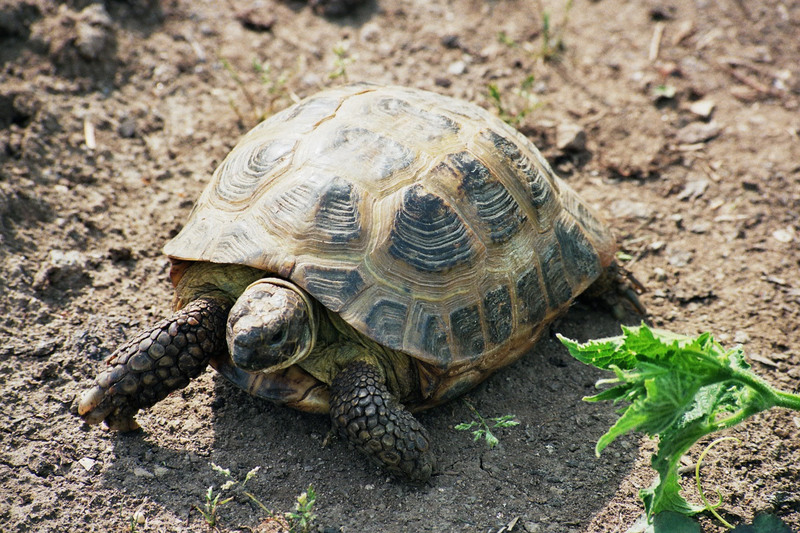
Final Thoughts
The Russian Tortoise is an excellent choice for reptile lovers who want a low-maintenance, long-lived pet that doesn’t require a giant enclosure. Their hardy nature, manageable size, and fascinating behaviors make them a rewarding companion for the right keeper.
If you’re ready for a decades-long commitment and can provide the proper heat, UVB, and diet, the Russian Tortoise might be the perfect pet for you.
Have you owned a russian tortoise? Share your experiences and tips in the comments below! We’d love to hear how you care for your tortoise and what makes them special to you.
Looking for more reptile guides? Check out our other reviews on the best beginner reptiles! 🐢



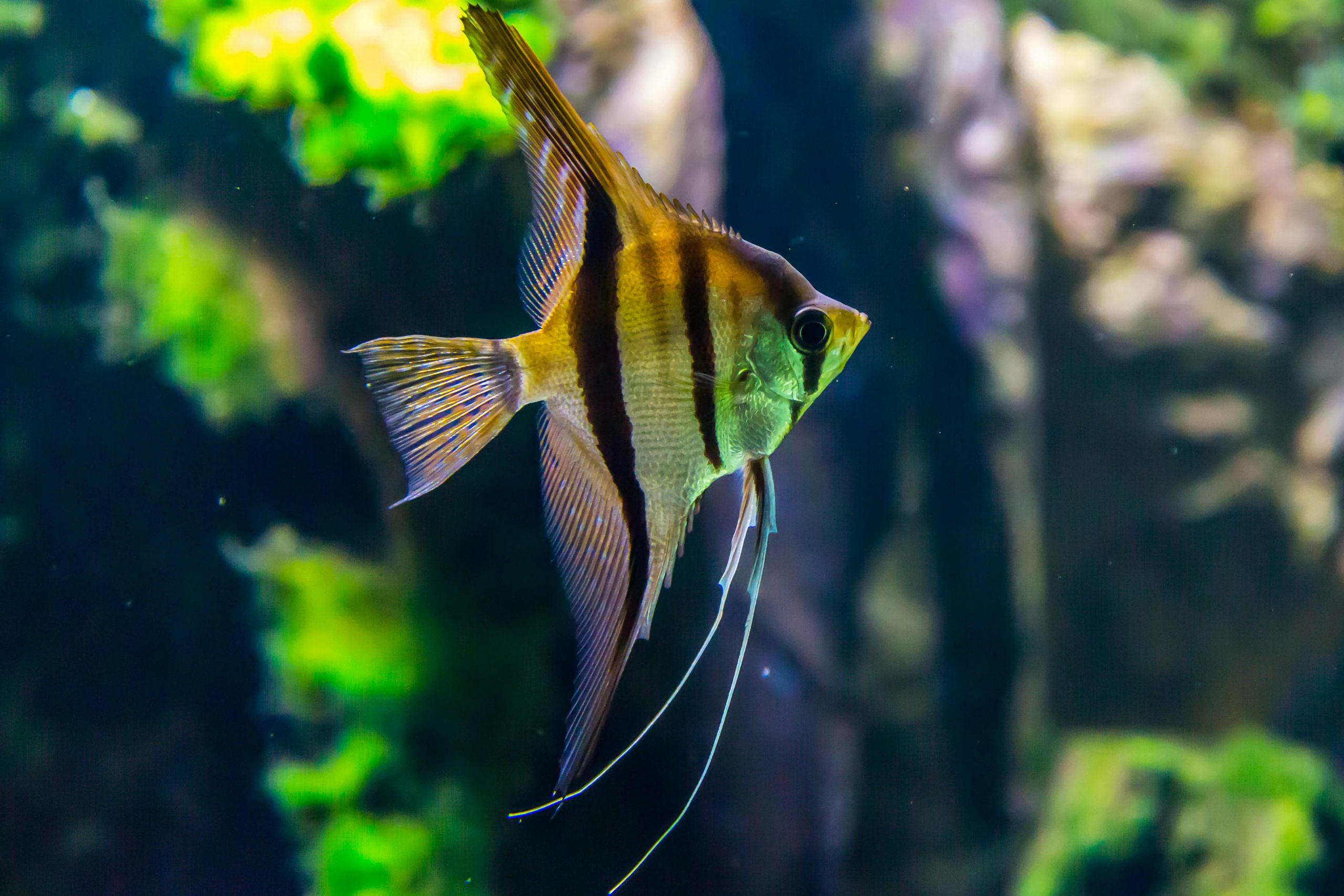
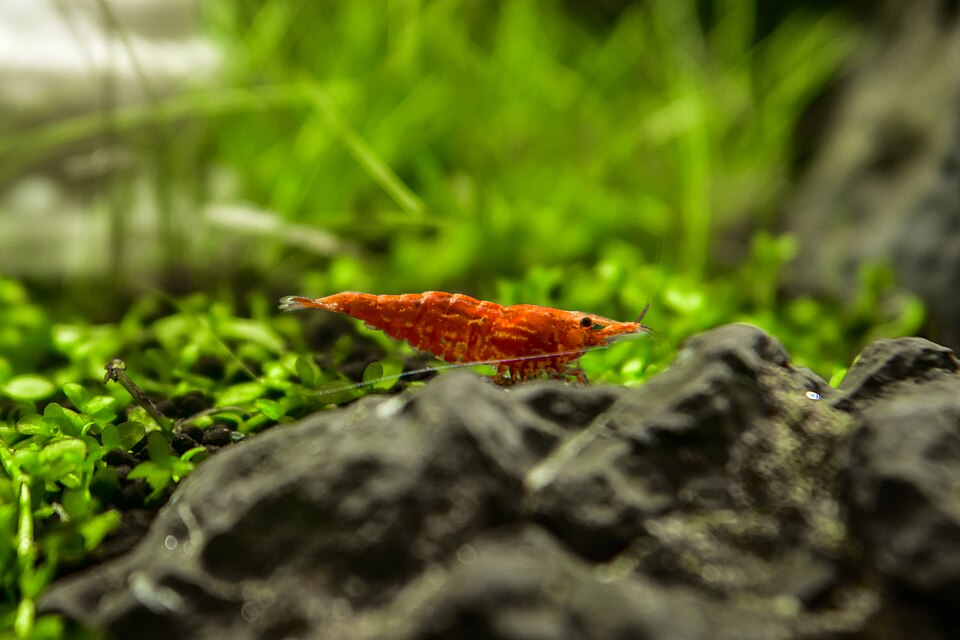

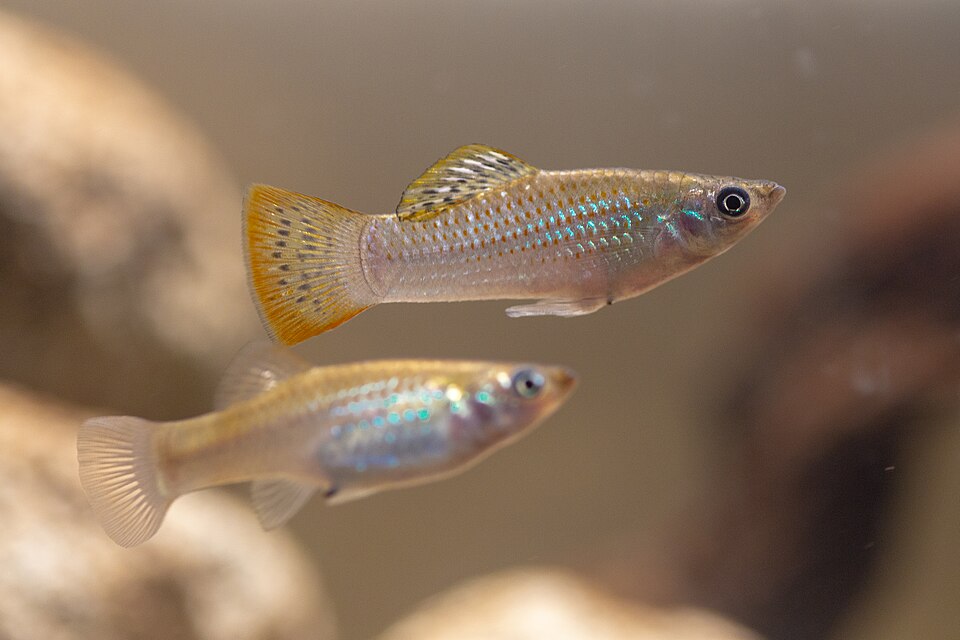
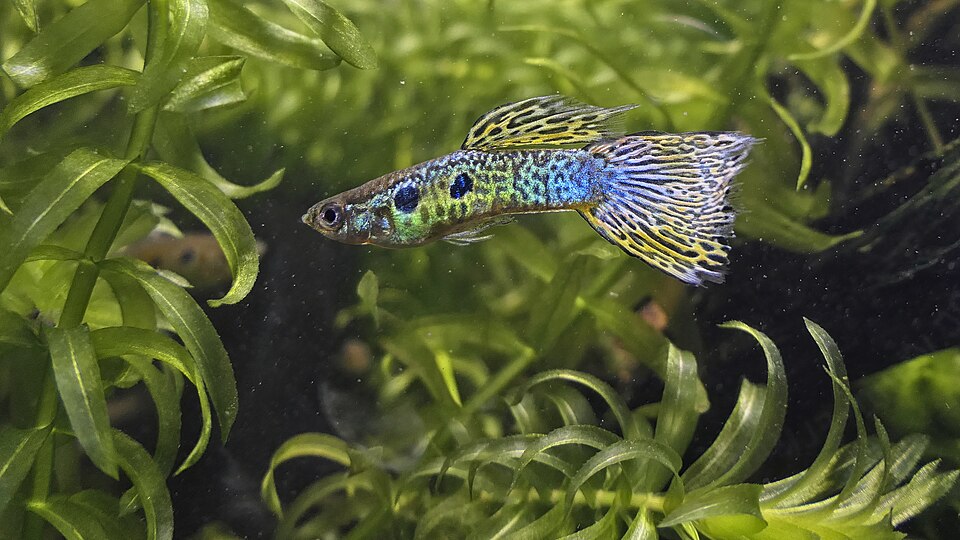
Leave a Reply